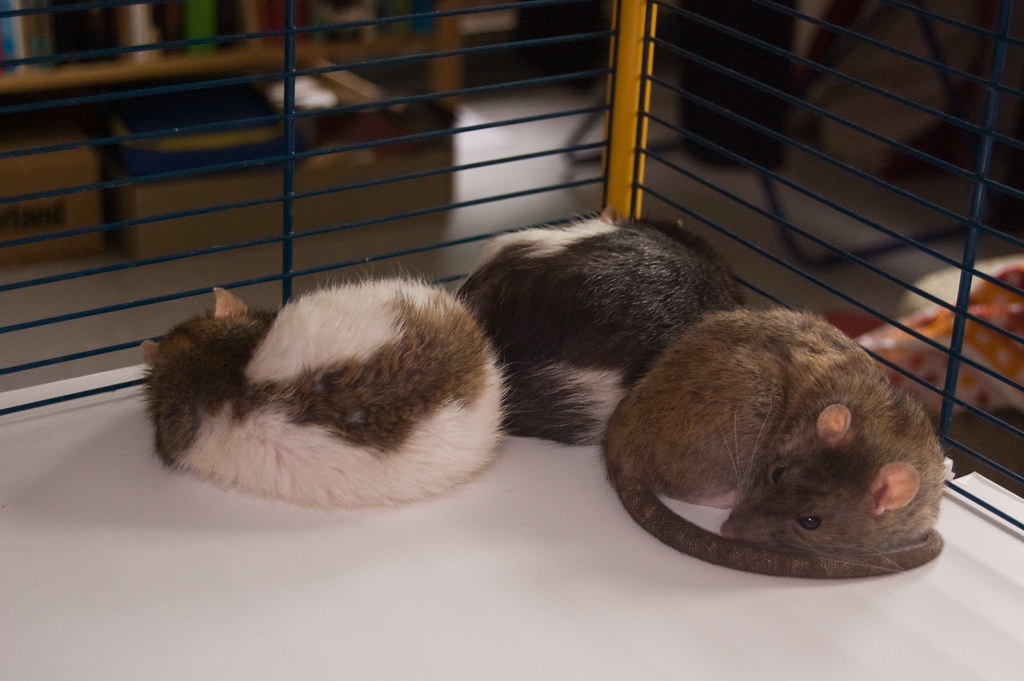If you’ve ever watched a rat nestled in its bedding, twitching its whiskers and paws as if chasing something invisible, you might have wondered—do rats actually dream? The idea feels almost magical. Yet, beneath the surface, science is illuminating a world where the night lives of these tiny creatures are far more complex and emotional than anyone could have guessed. For centuries, humans have peered into the mysteries of animal minds, searching for clues about consciousness, emotion, and memory. Now, the secret world of rat dreams is starting to reveal itself, offering surprising insights not just into rodents, but into the very essence of what it means to remember, to feel, and perhaps even to hope.
Understanding Sleep in the Animal Kingdom
Sleep isn’t just a human necessity; it’s a universal phenomenon found across the animal kingdom. From birds perched high in trees to dolphins gliding through ocean waves, nearly all animals require some form of rest. Sleep cycles vary wildly, but one thing is clear: sleep is vital. In rodents like rats, sleep isn’t merely downtime. Instead, it’s a time when the brain works overtime, consolidating memories and processing emotions. This surprising fact has made rats a favorite subject for neuroscientists eager to understand more about the purpose and power of sleep.
The Science Behind REM Sleep in Rats
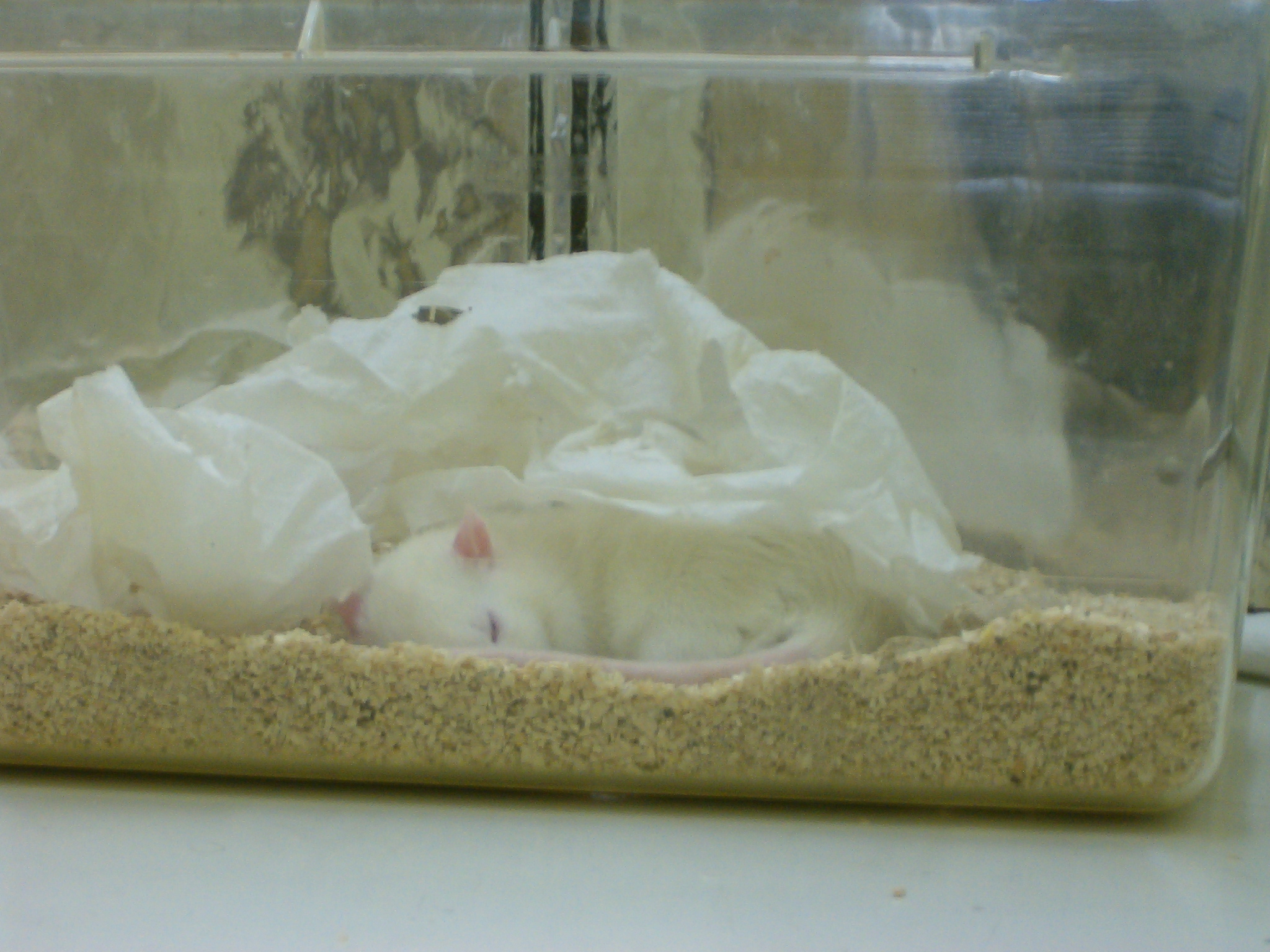
When scientists talk about dreaming, they often refer to REM (Rapid Eye Movement) sleep—the stage when most vivid dreams occur in humans. Rats, too, experience REM sleep, and their brains show electrical patterns strikingly similar to ours during this phase. During REM, rats’ bodies become almost paralyzed, but their brains blaze with activity. Researchers have watched rat brains replaying the same neural sequences that fire when the animal is awake and exploring. It’s as if the rats are reliving their day—one of the clearest hints yet that dreams aren’t exclusive to people.
Brain Waves: The Secret Language of Sleep
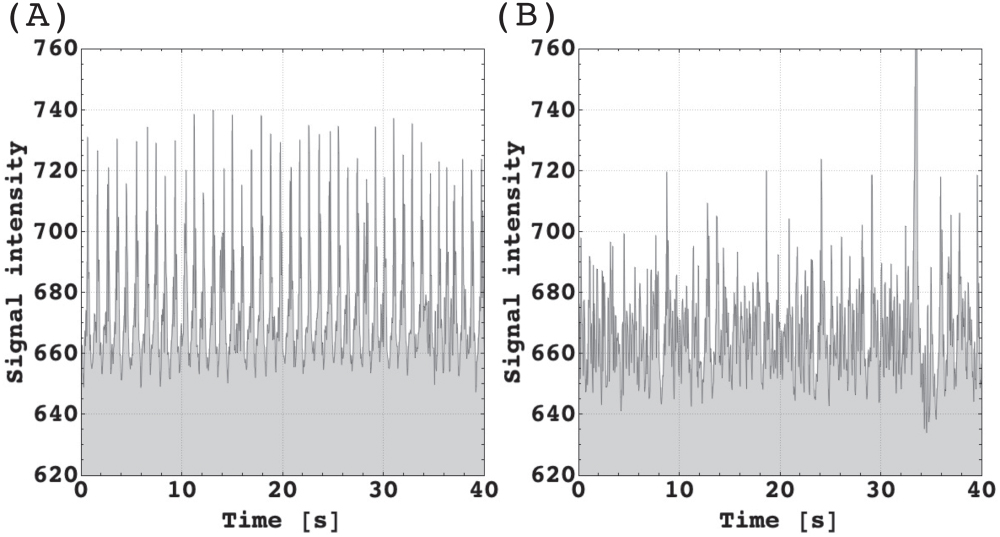
To peer into the sleeping rat’s mind, scientists use electrodes to record brain waves. These waves are like the ocean’s tides—sometimes calm and steady, sometimes wild with activity. In rats, REM sleep produces sharp bursts of electrical energy called “theta waves,” which are also seen in dreaming humans. This similarity hints at a shared evolutionary mechanism for memory processing. The brain, in a sense, whispers to itself during sleep, rehearsing important moments and discarding what’s unneeded. It’s a nightly ritual, and rats perform it as gracefully as any person.
Dreams and Memory: A Powerful Connection
One of the most astonishing discoveries in recent neuroscience is that sleep—especially REM sleep—plays a critical role in memory. In rats, researchers have shown that patterns of brain activity from waking hours are replayed during sleep, almost like a mental film reel. For example, if a rat spends the day navigating a maze, its brain will “rehearse” the journey while it sleeps. This process helps the rat remember how to find food or avoid danger the next day. The implication? Dreams may actually help rats—and by extension, all of us—learn from experience and cement important knowledge.
Emotional Processing While Asleep
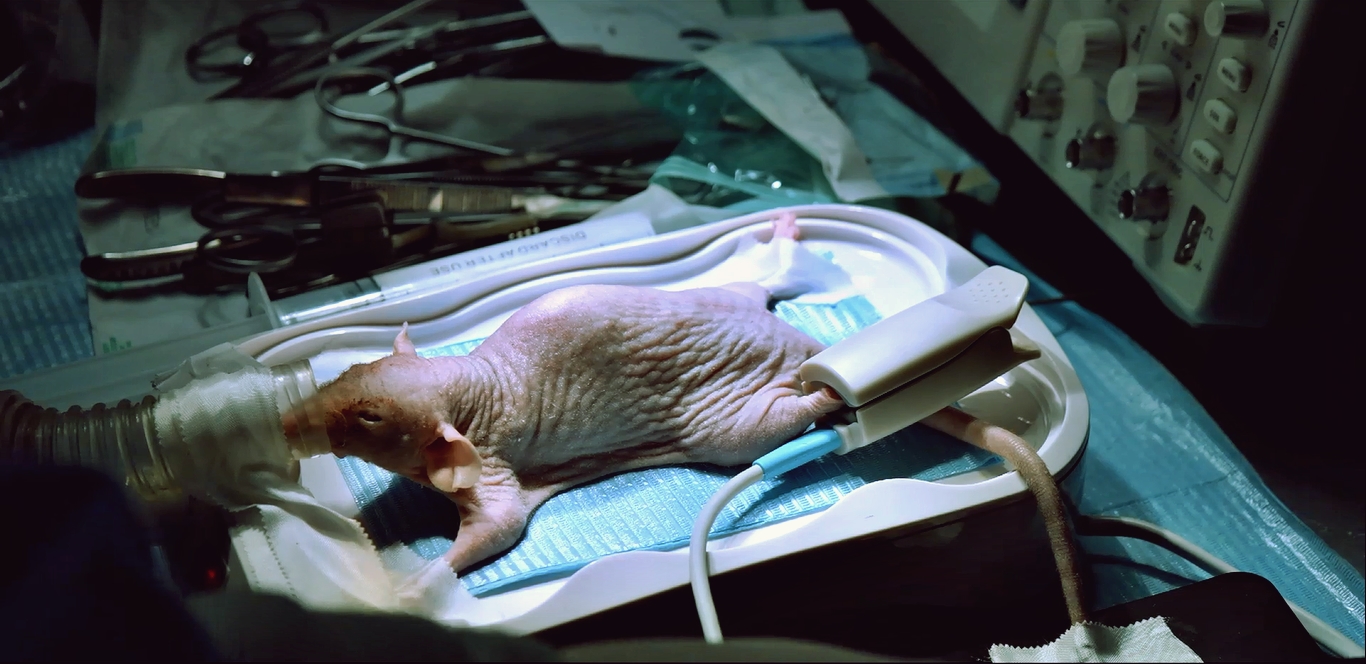
Rats are not as cold and mechanical as some might believe. Recent studies suggest that rats process emotional experiences while they sleep, much like humans do. If a rat experiences stress or fear during the day, its REM sleep that night is affected—often showing changes in brain activity linked to emotional memories. This means sleep might be a time when rats file away not just facts, but feelings, too. The idea that a rat could “dream” of a frightening cat encounter or a joyful snack adds a deeply touching dimension to their inner world.
Behavioral Clues: Do Rats Act Out Their Dreams?
Have you ever seen a sleeping pet twitch or chatter? Rats do this too. During REM sleep, rats often twitch their paws, vibrate their whiskers, or even squeak softly. These movements are believed to be physical expressions of their dreams. Just as a dog might paddle its legs as if running, a rat may be “replaying” a chase or an adventure in its mind. This physical evidence brings a level of tangibility to rat dreams, making it easier for us to imagine the vivid stories playing out behind their closed eyelids.
Comparing Human and Rat Dreams
While rats and humans are separated by millions of years of evolution, our sleep is surprisingly alike. Both species experience REM sleep, and both show brain patterns linked to dreaming. However, there are differences. Human dreams can be bizarre, narrative-driven, and filled with symbolism, while rat dreams seem to focus more on replaying real-life experiences. Still, the core function—processing memories and emotions—remains strikingly similar. In a way, every dreaming rat is a distant cousin, sharing in the ancient ritual of nighttime reflection.
Dreams as Survival Tools
For rats, dreaming isn’t just a side effect of sleep—it’s a matter of survival. By replaying memories of food sources, escape routes, and social interactions while they sleep, rats strengthen the neural connections that help them make quick decisions when awake. It’s like running simulations in their heads, so they’re ready for whatever the world throws at them. This nightly “training” makes them highly adaptable and cunning, which is part of why rats have thrived in environments from city sewers to wild forests.
The Role of Sleep in Learning
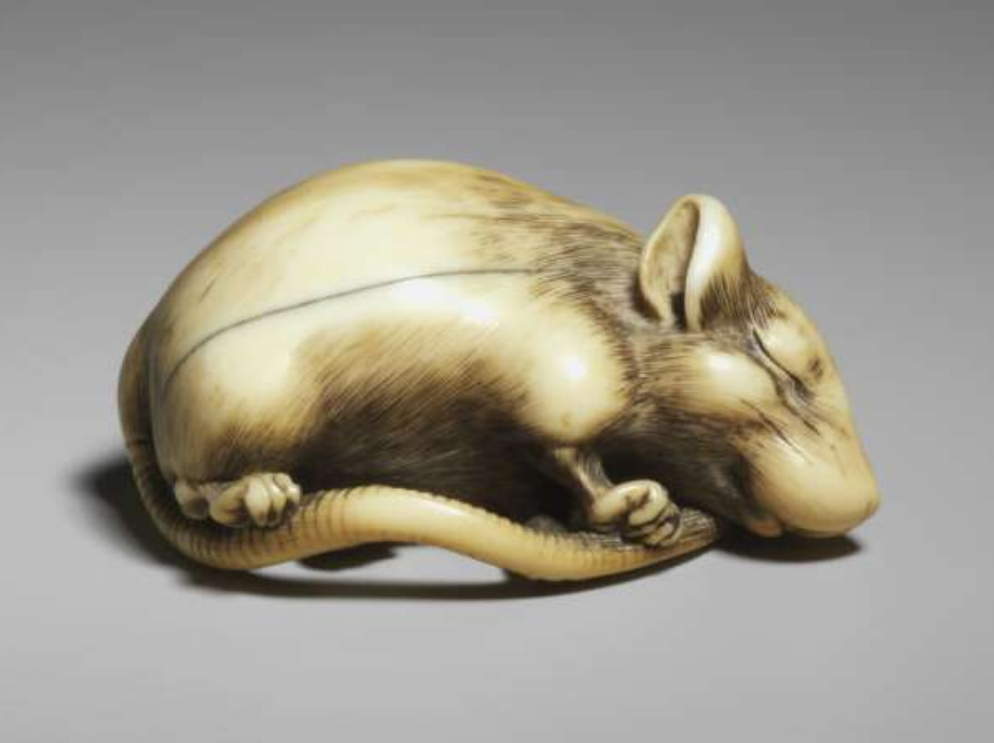
Rats are natural learners, constantly exploring and adapting to their surroundings. Scientific experiments have shown that if you disrupt a rat’s sleep—especially its REM sleep—it struggles to learn new tasks. For example, rats deprived of REM sleep take much longer to master mazes or remember locations of treats. This connection between dreaming and learning is so strong that some researchers believe dreams themselves are a form of cognitive rehearsal, where the brain fine-tunes its responses and strategies for the challenges ahead.
Stress, Trauma, and Nightmares in Rats
It’s not just pleasant experiences that rats replay while dreaming. Stressful or traumatic events can haunt their sleep as well. When rats are exposed to frightening situations, like the scent of a predator, their REM sleep changes. They may spend more time in restless sleep, and their dreams may be colored by anxiety. This mirrors the way humans can experience nightmares after trauma. Studying rats in this context has even helped scientists develop better treatments for conditions like PTSD, showing that our emotional lives during sleep are deeply connected across species.
Social Bonds and Shared Experiences
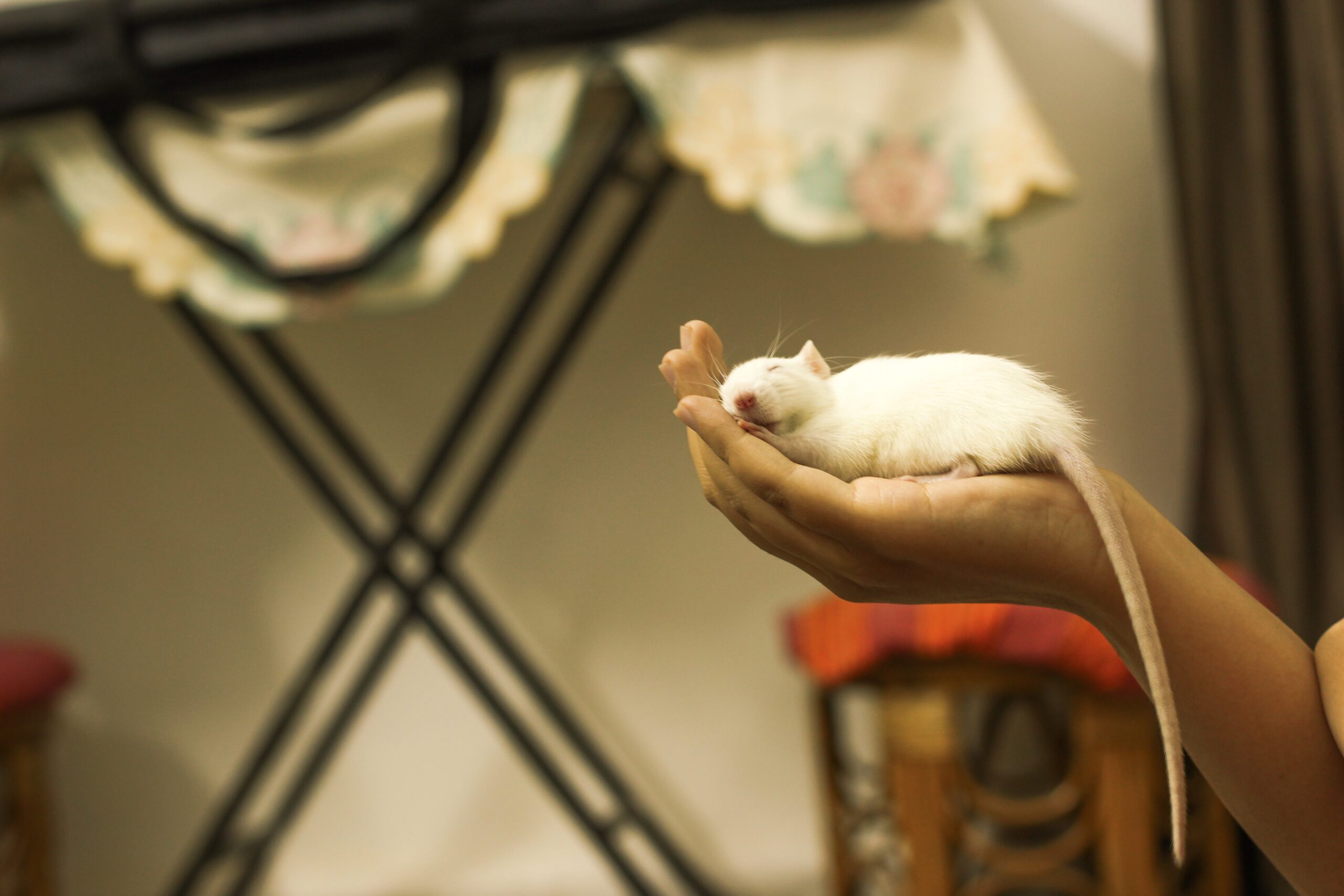
Rats are highly social animals, living in tight-knit groups and forming lasting bonds. Sleep and dreaming seem to play a role in maintaining these relationships. When rats sleep near their companions, their brain waves can sync up, almost like a form of silent communication. It’s as if their dreams are gently brushing against each other, reinforcing social ties. This synchrony may help rats coordinate group behavior and remember important social cues, making sleep not just a solitary activity, but a communal one.
How Scientists Study Rat Dreams
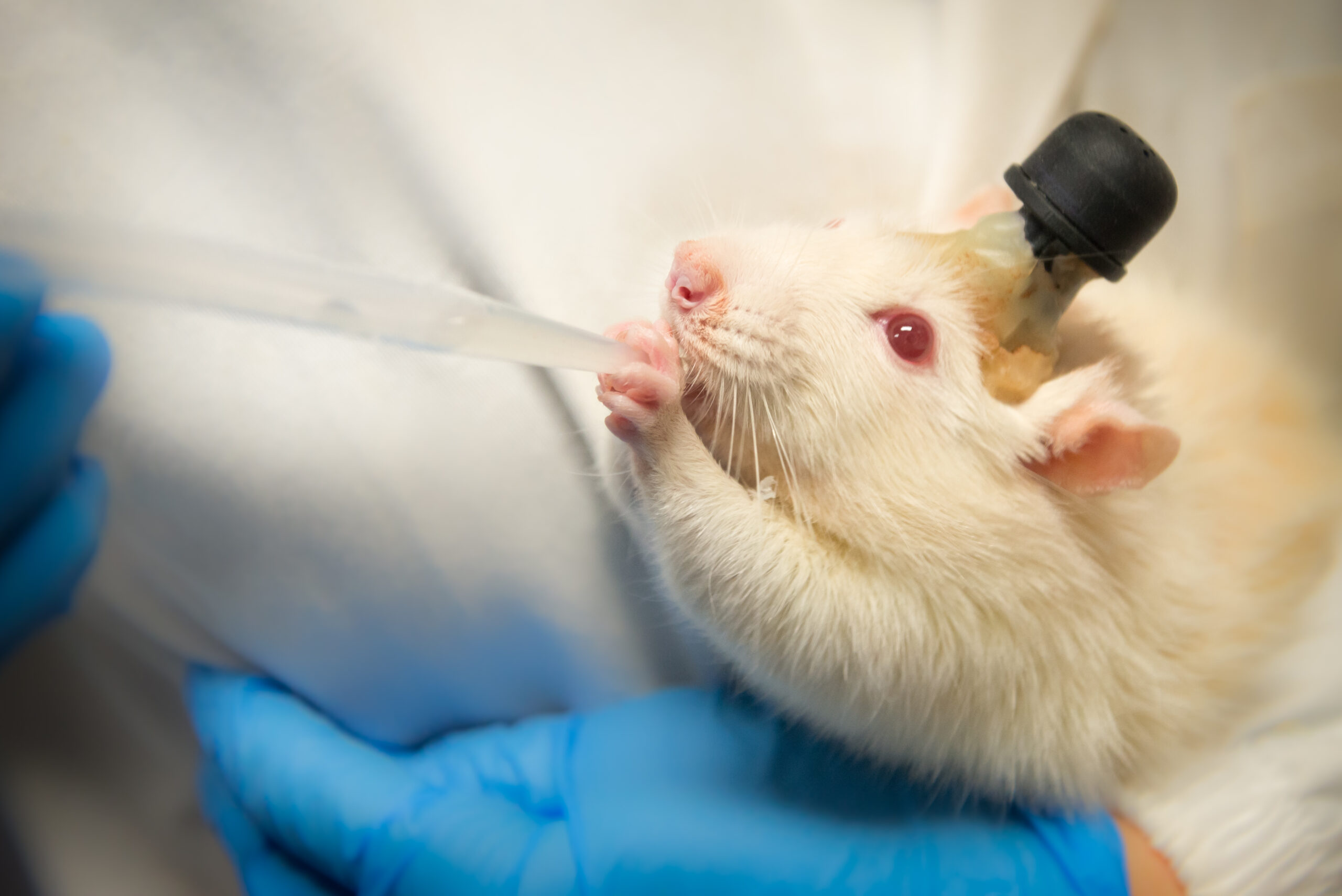
Peering into the dreams of rats isn’t easy. Researchers use a combination of technologies, from tiny brain implants to sophisticated computer algorithms, to record and decode the electrical signals of sleeping rats. By comparing these signals to those recorded while the rats are awake and active, scientists can identify when a rat is likely “dreaming” about specific experiences. Advances in imaging and machine learning have made it possible to map out these dream sequences in astonishing detail, opening a window into a world that was once invisible.
The Ethics of Studying Animal Dreams
Exploring the inner lives of animals raises important ethical questions. As we learn more about how rats dream, remember, and feel emotions, it challenges us to reconsider how we treat them. If rats can experience joy, fear, and even nightmares, shouldn’t their welfare matter more? Many scientists argue that understanding animal consciousness is not just fascinating—it’s a call to treat our fellow creatures with greater kindness and respect. The more we know about rat dreams, the harder it is to dismiss them as unfeeling automatons.
Implications for Human Health and Medicine
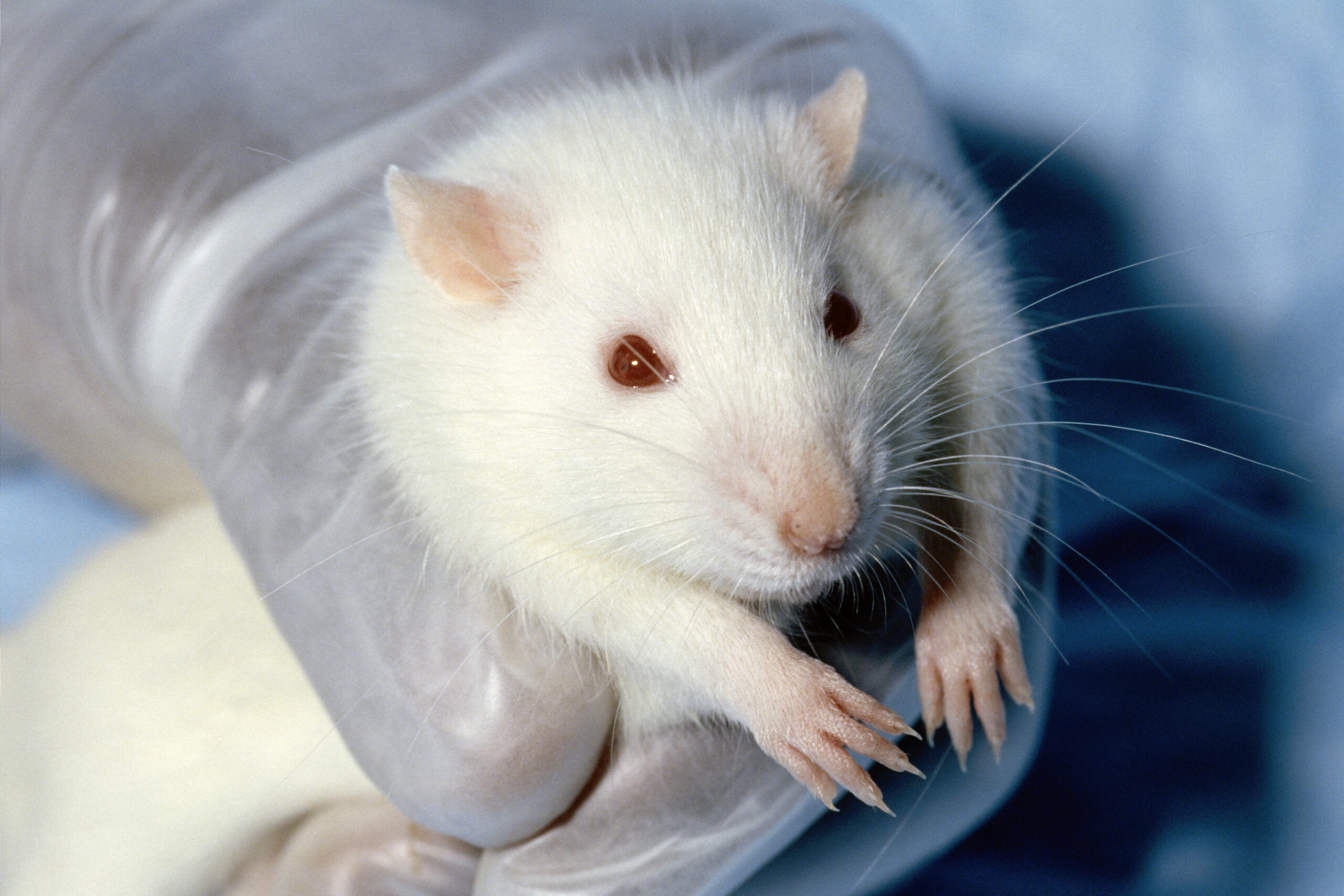
Research into rat sleep has revolutionized our understanding of human health. Because rats share so many sleep patterns with us, they serve as powerful models for studying diseases like insomnia, depression, and Alzheimer’s. By observing how rats process memories and emotions during sleep, scientists have developed new treatments for sleep disorders and memory loss. The humble rat, often maligned, plays a central role in medical breakthroughs that improve millions of lives.
Dreams Across the Rodent Family
Rats aren’t the only rodents with fascinating sleep habits. Mice, squirrels, and even beavers display similar REM sleep patterns, suggesting that dreaming is widespread among small mammals. Each species has its own twist—field mice might dream of burrowing, while squirrels perhaps relive the thrill of a high-wire leap between branches. The universality of dreaming across rodents hints at its evolutionary importance, weaving a thread through the tapestry of life.
Do Dreams Shape Personality in Rats?
Could the content of a rat’s dreams influence its personality? Some researchers think so. Rats that experience more positive social interactions and playful adventures during the day tend to be more curious and less anxious. Their dreams might reinforce these traits, giving them the confidence to explore new environments. Conversely, rats exposed to chronic stress may develop more anxious personalities, possibly as a result of recurring unpleasant dreams. It’s a reminder that what happens in the hidden world of sleep can echo into waking life.
Technological Advances in Dream Research
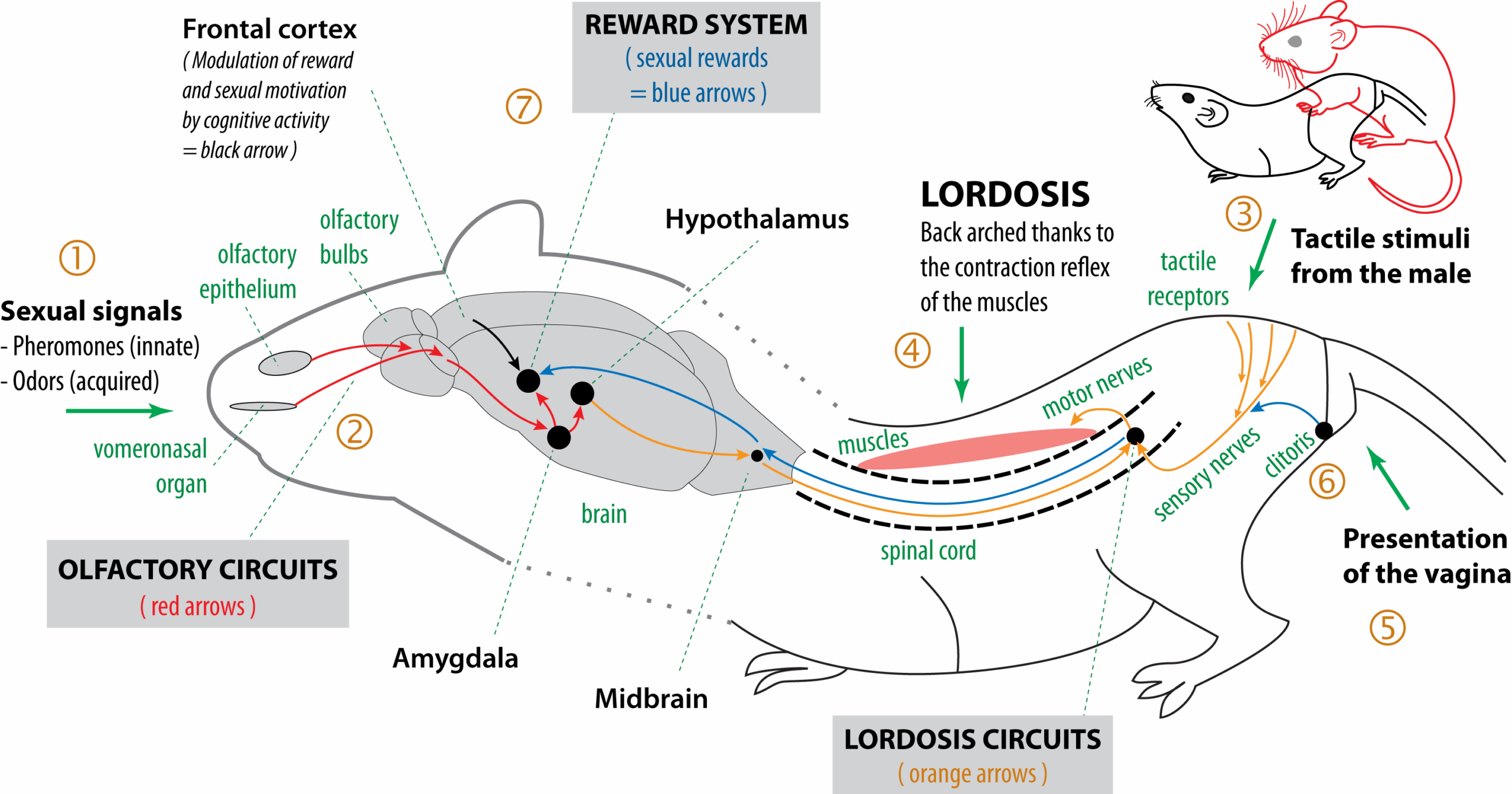
The tools scientists use to study rat dreams have evolved dramatically in recent years. Miniaturized EEG devices, wireless transmitters, and advanced data analysis allow researchers to monitor sleeping rats in naturalistic settings without disturbing them. These innovations have revealed intricate details about the timing, location, and content of rat dreams. As technology continues to advance, our understanding of the dreaming mind—rodent and human alike—will only deepen.
The Unexpected Intelligence of Rats
If you’ve ever underestimated a rat, you’re not alone. But the more we learn about their cognitive abilities, the more impressive they become. Rats can solve puzzles, remember complex routes, and even exhibit empathy for their peers. Their dreams are just one more sign of their hidden intelligence. By studying how rats process information during sleep, we’re gaining new appreciation for the subtle genius of these often-overlooked creatures.
What the Future Holds for Dream Research
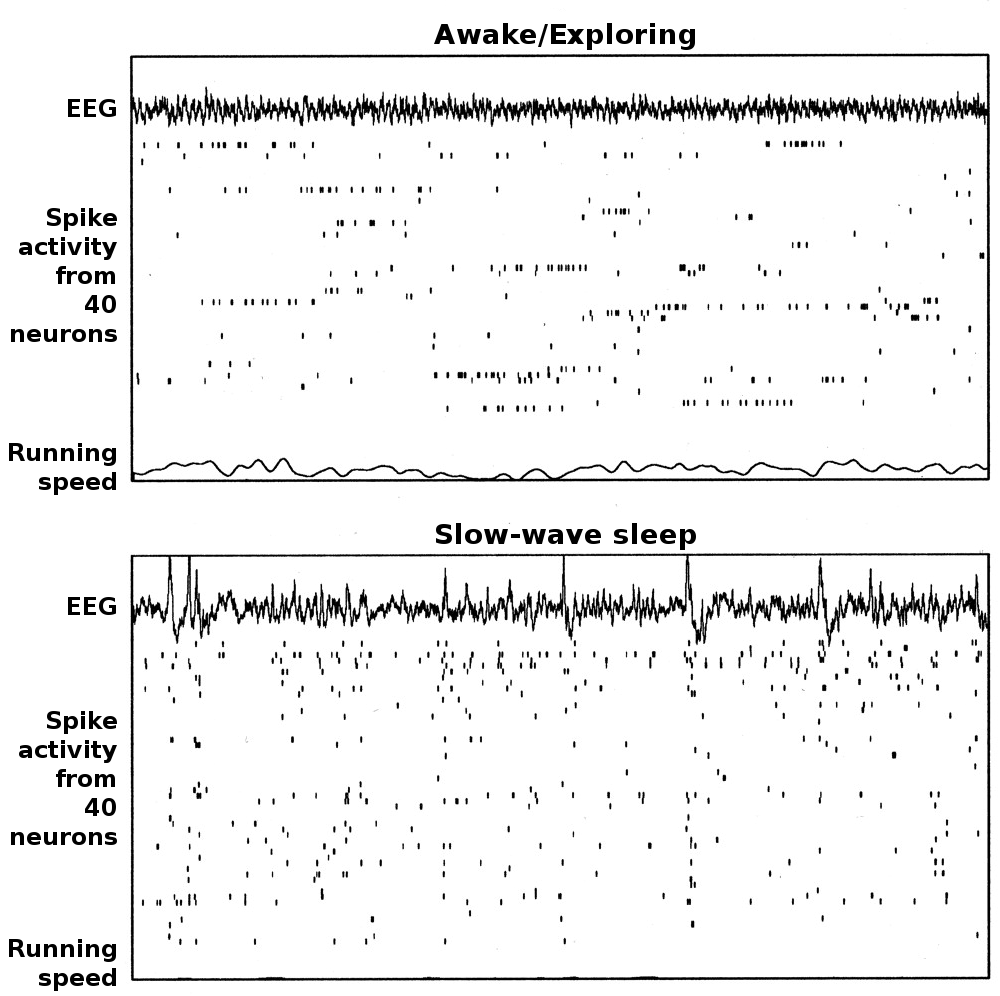
As scientists continue to probe the mysteries of sleep and dreaming, rats will remain at the forefront of discovery. Future research may unlock even deeper secrets—perhaps revealing how dreams shape creativity, problem-solving, or even consciousness itself. The story of rat dreams is far from over; every new finding pushes the boundaries of what we know about the mind, memory, and emotion.
Summary
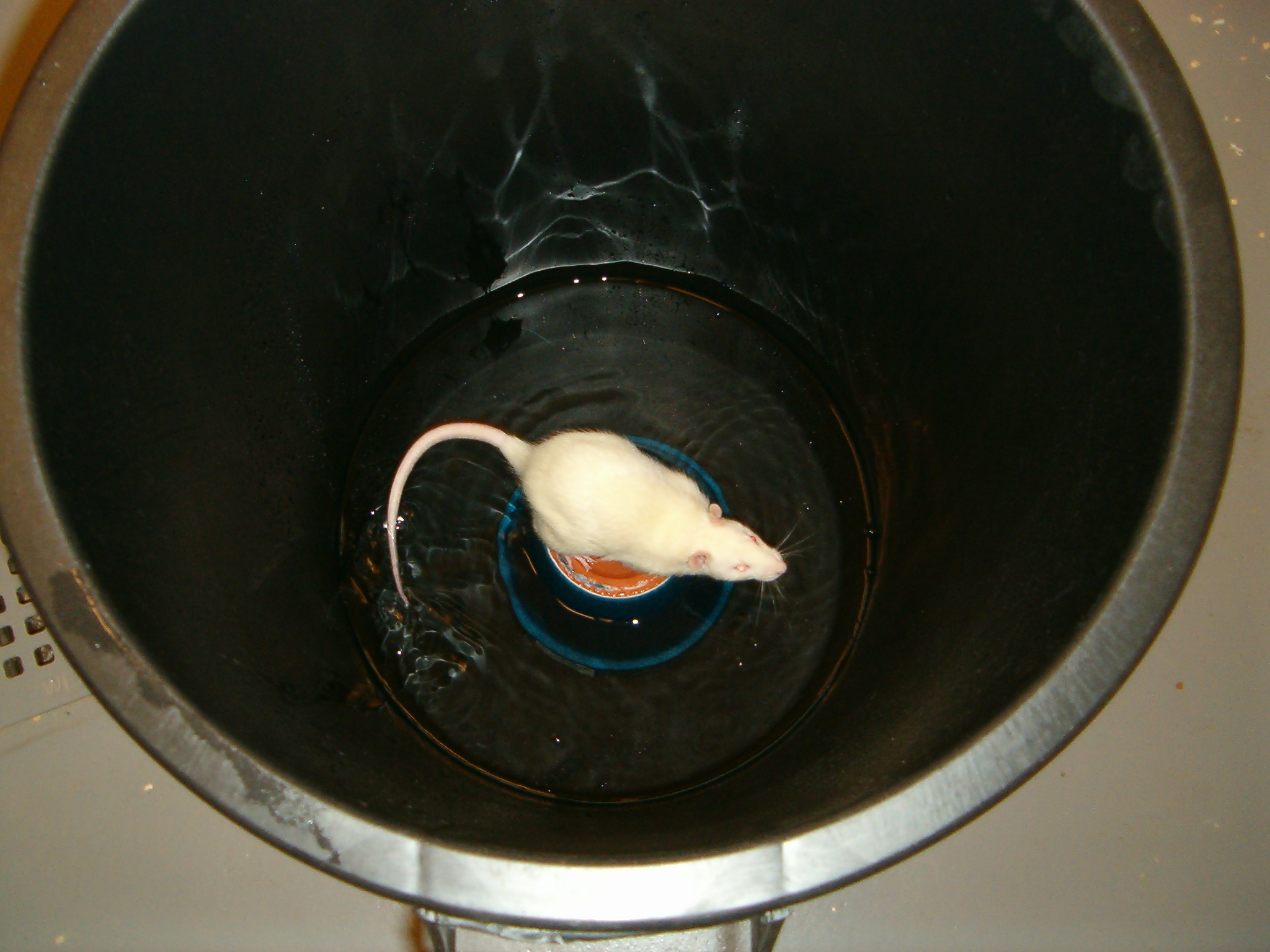
Rats dream, and their sleep is filled with bursts of brain activity that mirror our own dreaming minds. Through these nightly journeys, rats consolidate memories, process emotions, and rehearse experiences that help them survive and thrive. Their dreams reveal a hidden richness to animal consciousness, challenging us to see the world through more empathetic eyes. As science continues to unlock the mysteries of rodent sleep, we’re reminded that the line between human and animal is thinner than we ever imagined.

